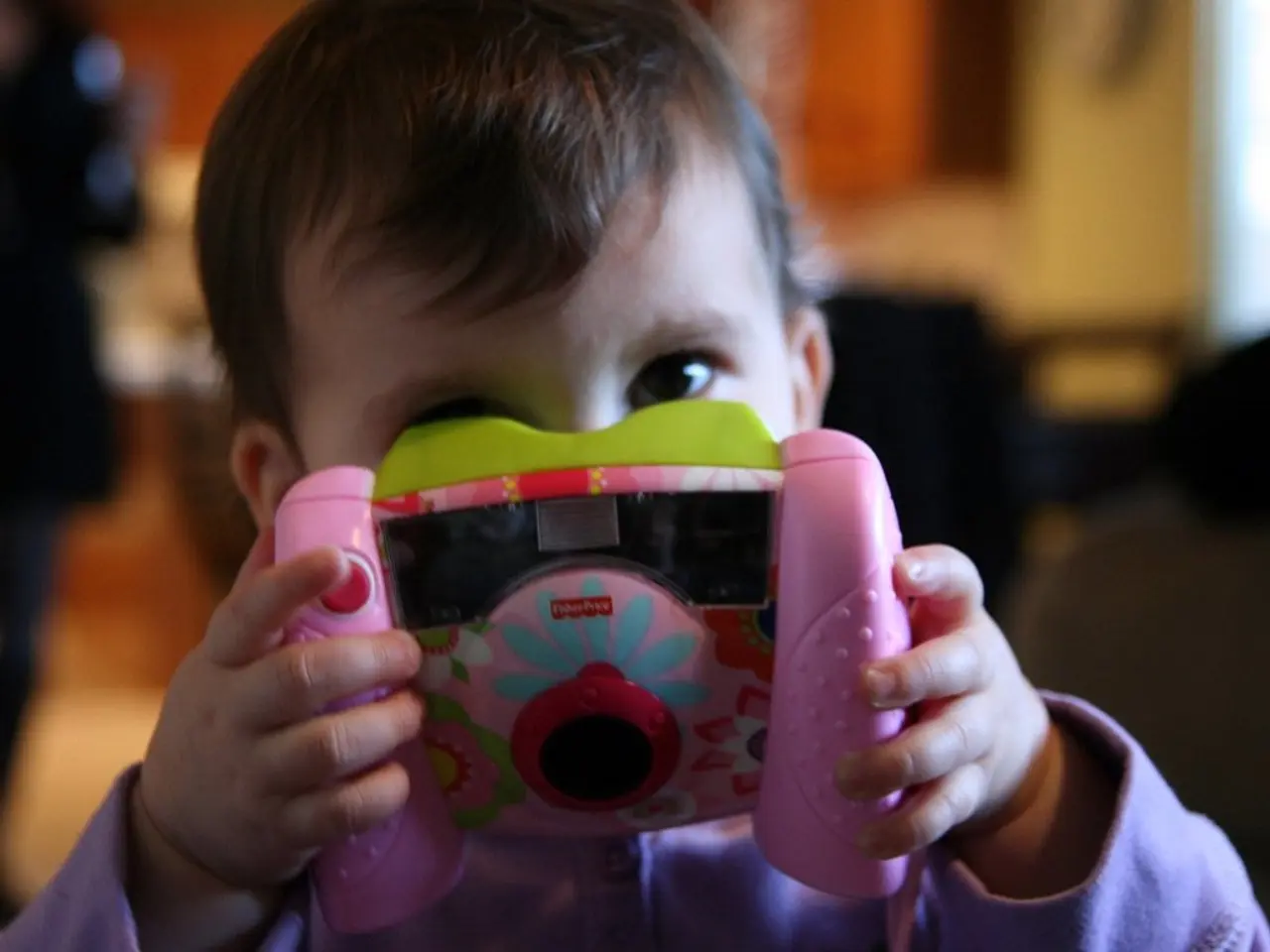Uncovering Recurring Shapes and Modes: An Examination of Repeated Designs and Methods
In the journey of a child's development, the evolution of grasp patterns plays a significant role in shaping their control, precision, and functional use of their hands. This article explores various grasp patterns and their impact on fine motor skills.
Early Grasp Patterns
At around 12-18 months, children typically rely on a gross or palmar grasp, where the fingers close around an object with the thumb on top, often resembling a fist. This primitive grasp relies more on movements from the elbow and shoulder rather than individual finger control. It supports basic tasks like holding a spoon or crayon (often chubby ones) but does not allow for fine manipulation needed for detailed tasks.
As children develop, they progress to more refined grasps such as the pincer grasp (using the thumb and index finger) and the tripod grasp (thumb, index, and middle finger), which allow for better precision, essential for tasks like picking up small objects, holding pencils, and performing detailed writing or drawing.
Advanced Grasp Patterns
The power grasp or variations of the gross grasp help with activities requiring force, such as holding a hammer, whereby the thumb stabilizes rather than opposes the fingers.
The lateral pinch (Key pinch) is used to hold a key in a lock to turn it, pull up pants, or tear paper, while the tip pinch is more refined and used to pick up tiny objects. The three jaw chuck (palmar pinch) is used to pick up and hold objects that are slightly large for a pincer grasp, such as chess pieces, or building blocks.
The conoid grasp is used to grasp cone-shaped objects such as an ice cream cone, and the spherical grasp is used to grasp a circular object such as a ball or an apple.
The Importance of Grasp Development
Different grasp patterns support specific functional skills: the early gross grasp builds general hand endurance and strength, while more mature grasps enable intricate finger movements and precision.
Occupational therapy interventions often target these grasp patterns to enhance fine motor skills, using sensory integration (texture play), motor learning strategies (task-specific repetitive practice), and adaptive tools to improve grasp strength and coordination.
Adequate hand strength, supported by grasp development, is critical for fine motor control tasks such as coloring, cutting, dressing, and using school tools. Weak hand strength or improper grasp patterns can result in difficulties performing these tasks.
Conclusion
The transition from gross grasp patterns to fine, precise grasp patterns is key for the development of fine motor skills in children, directly influencing their ability to manipulate objects, write, eat, and engage in daily tasks. Early recognition and intervention can help promote optimal grasp development and fine motor proficiency.
References: [1] "Child Development: A Lifespan Approach" by Robert J. Sternberg and Elena L. Grigorenko [2] "Occupational Therapy for Children: A Developmental Approach" by Marion E. Boucher [3] "The Developing Child" by Jack Shonkoff [4] "Fine Motor Skills: Assessment and Intervention Strategies" by Linda R. Smith [5] "Fine Motor Skills in Preschool Children" by Mary Jo K. O'Donnell and Linda B. Smith
- In the context of health-and-wellness, the development of grasp patterns influences a child's ability to engage in daily tasks like eating and writing, which is crucial for their overall growth and development.
- For mental health and fitness-and-exercise, strong fine motor skills, which are facilitated by the transition from gross to fine grasps, enable children to perform tasks such as coloring, cutting, and using school tools, promoting concentration and focus essential for learning and personal growth.




